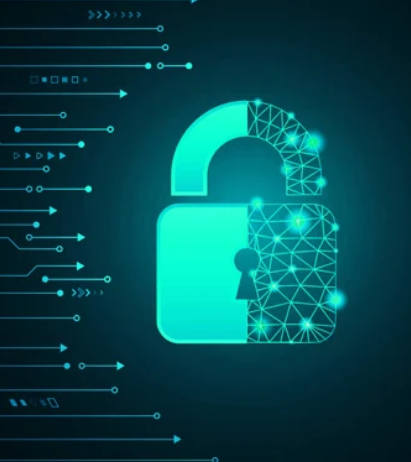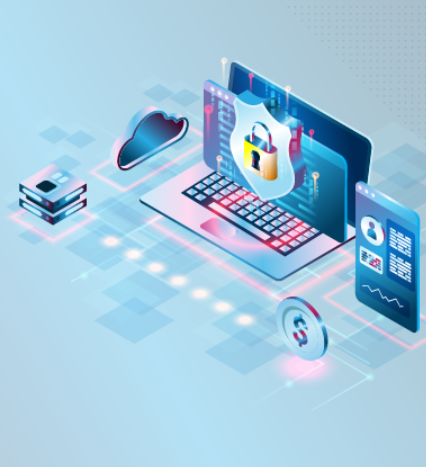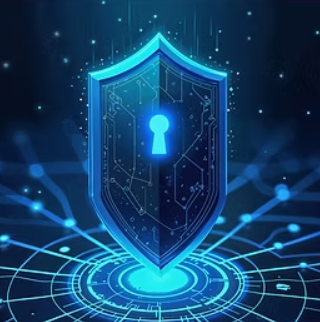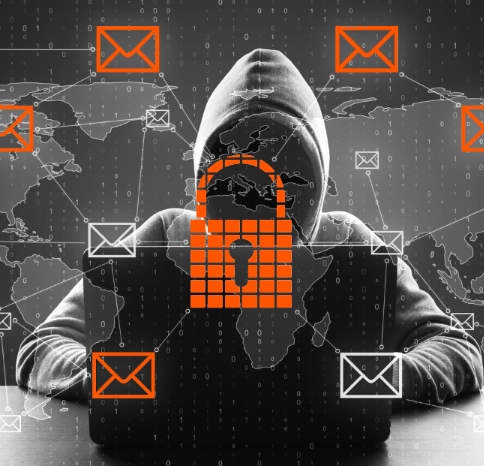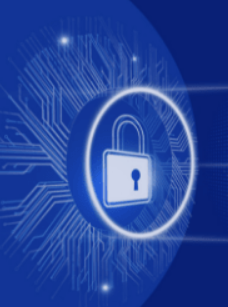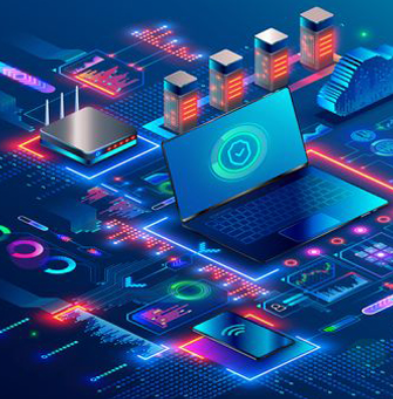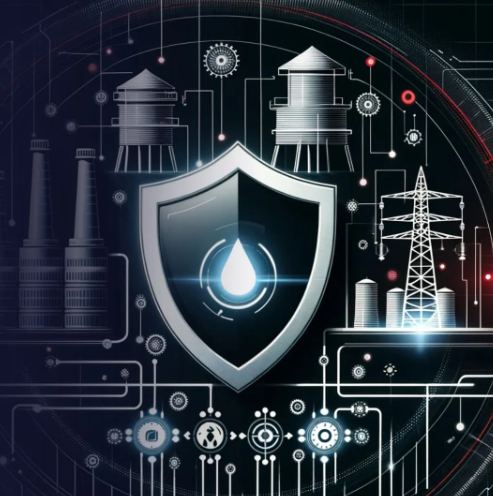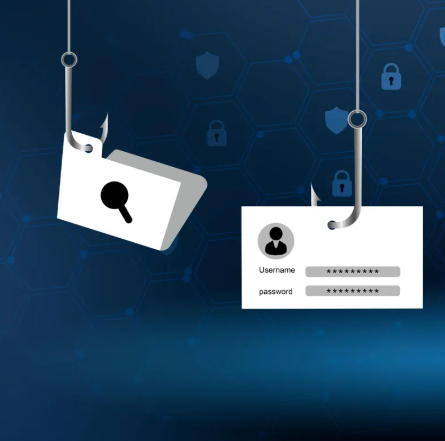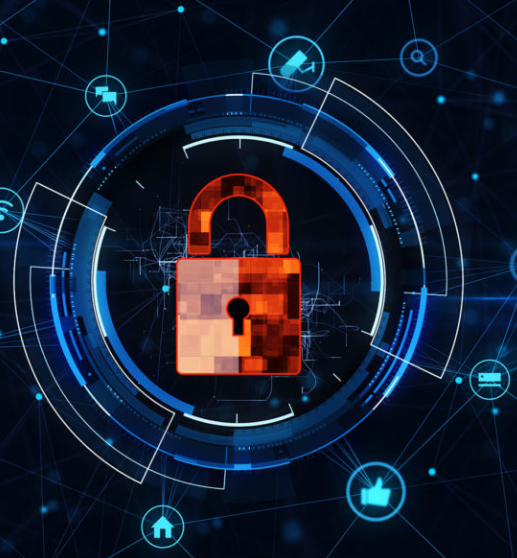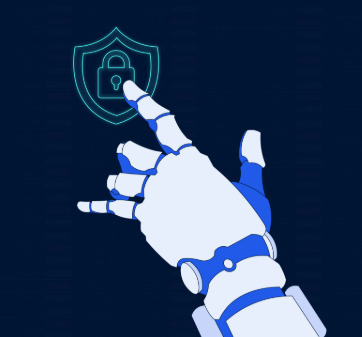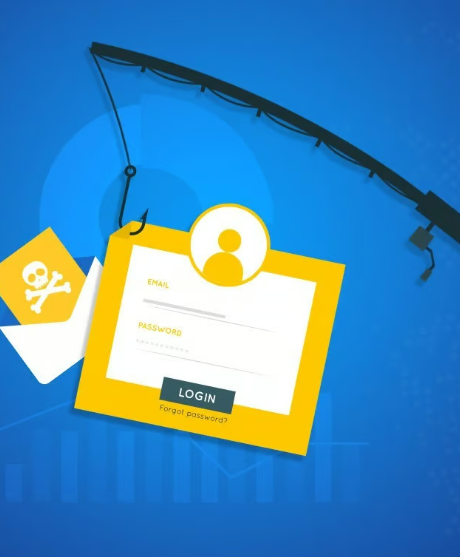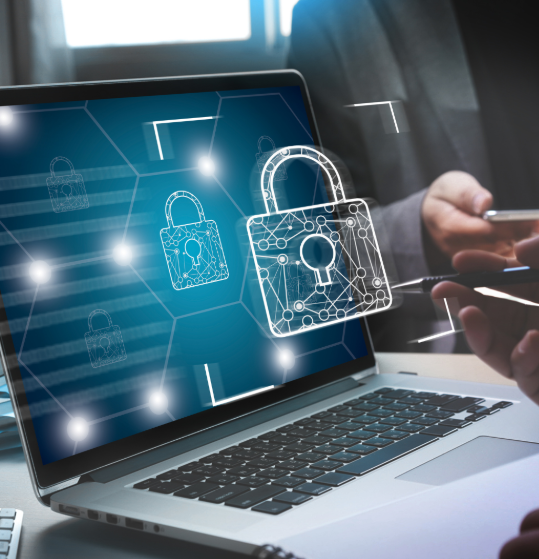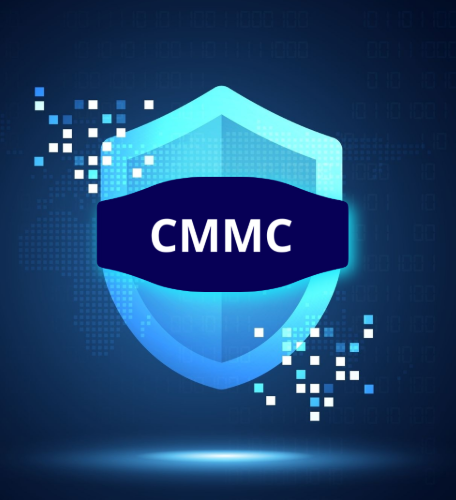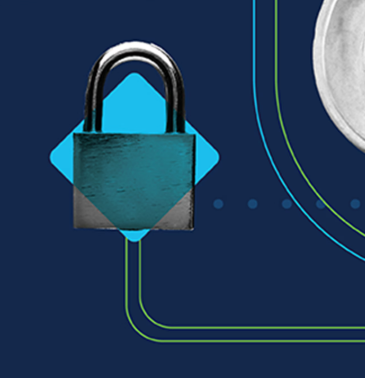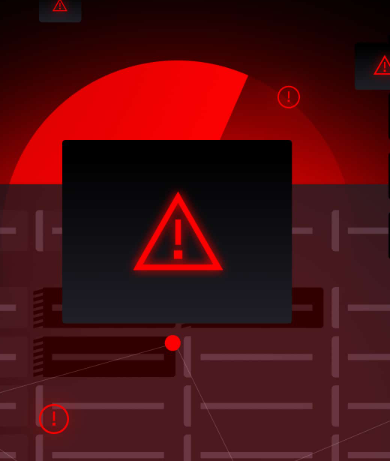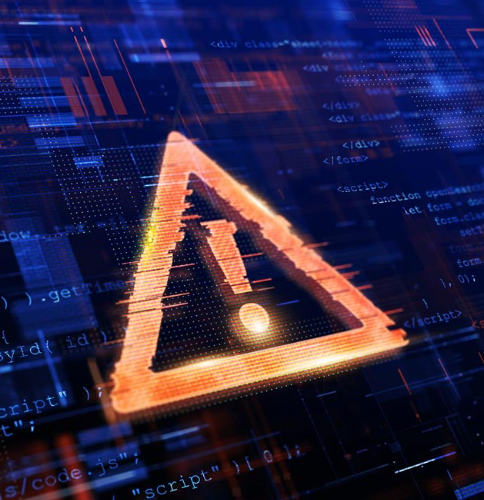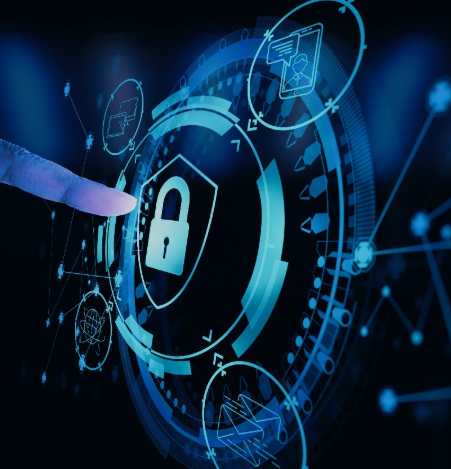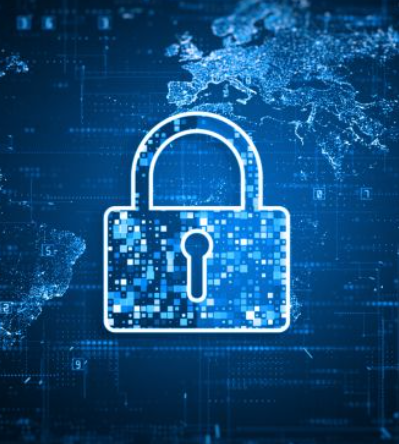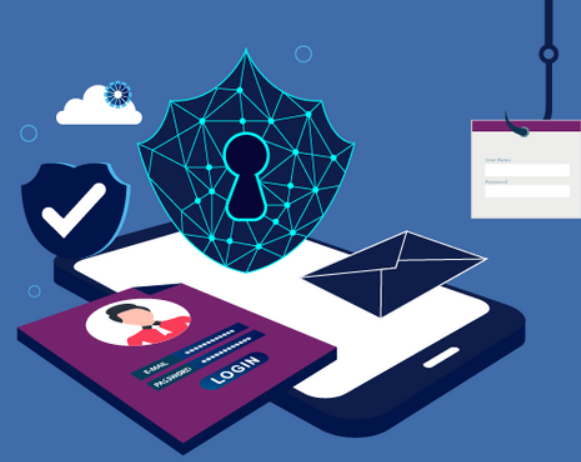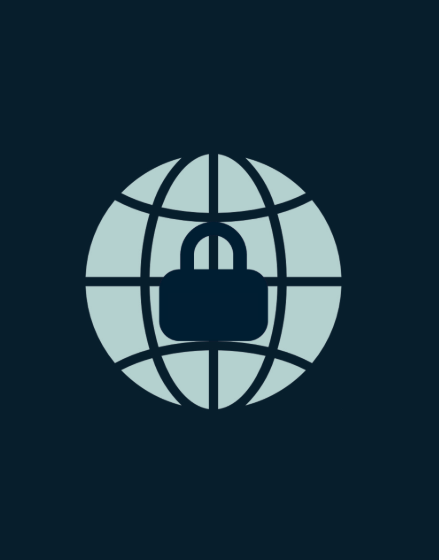
Public utilities, such as those providing electricity, water, and gas, are essential to the smooth functioning of modern society. As these systems become more reliant on digital technologies, they also become increasingly susceptible to cyber threats. To safeguard these vital services, real-time threat monitoring is critical. By leveraging advanced tools, utilities can enhance their security, detect anomalies, and respond swiftly to potential threats.
Why Real-Time Threat Monitoring is Crucial for Utilities
Cyberattacks targeting public utilities have increased sharply in recent years. Hackers exploit weaknesses in both IT systems and operational technology (OT) networks, putting critical services at risk. Without real-time monitoring, many of these threats can remain undetected for long periods, resulting in data breaches, system failures, and costly financial losses. By implementing real-time monitoring, utilities can quickly identify, assess, and mitigate threats before they escalate.
Did You Know?
Over 70% of cyberattacks on utilities are directed at outdated security systems, making it essential to implement real-time monitoring to prevent breaches.
Key Features of Real-Time Threat Monitoring for Utilities
1. Continuous Network Surveillance
Real-time monitoring provides 24/7 visibility into utility networks, allowing for the detection of unauthorized access or suspicious activities as soon as they occur.
2. AI-Driven Anomaly Detection
Machine learning algorithms continuously analyze network behavior, helping to identify unusual patterns that could signal potential cyber threats.
3. Automated Incident Response
Advanced threat monitoring tools can trigger immediate, automated actions to isolate compromised systems and reduce risks.
4. Integration with IT and OT Systems
Effective threat monitoring solutions ensure that both IT networks and operational technology environments are protected, providing comprehensive security coverage.
5. Compliance Reporting and Auditing
Real-time monitoring helps utilities stay compliant with industry regulations, such as NERC CIP, NIST, and CMMC, by offering continuous security audits.
Benefits of Real-Time Threat Monitoring for Utilities
1. Faster Threat Detection
Advanced threat detection tools can identify cyberattacks in seconds, allowing security teams to respond quickly and minimize damage to critical systems.
2. Reduced Downtime
By enabling rapid containment of threats, real-time monitoring helps ensure that utility services remain uninterrupted, even in the face of an attack.
3. Improved Cyber Resilience
Ongoing surveillance strengthens the overall security of utility networks, making them more resilient to evolving cyber threats.
4. Cost Savings
By detecting and mitigating threats early, utilities can avoid the hefty costs associated with data breaches, system repairs, and regulatory fines.
5. Enhanced Public Trust
By securing critical infrastructure through real-time monitoring, utilities can reassure customers and stakeholders that their services are safe from cyber threats.
Implementing Threat Monitoring for Utilities
To set up effective real-time threat monitoring, utilities should:
- Deploy AI-Powered Monitoring Tools: Leverage advanced analytics to detect and respond to anomalies in real time.
- Integrate Threat Intelligence Feeds: Use global threat intelligence to stay ahead of emerging threats.
- Enable Automated Incident Response: Automate security responses to quickly isolate and neutralize threats.
- Ensure Compliance with Regulations: Use real-time auditing tools to meet security standards and regulatory requirements.
- Partner with Cybersecurity Experts: Collaborate with specialized security providers to enhance your threat monitoring capabilities.
By embracing real-time threat monitoring, public utilities can enhance their cybersecurity defenses, protect critical infrastructure, and ensure the uninterrupted delivery of essential services to the public.


